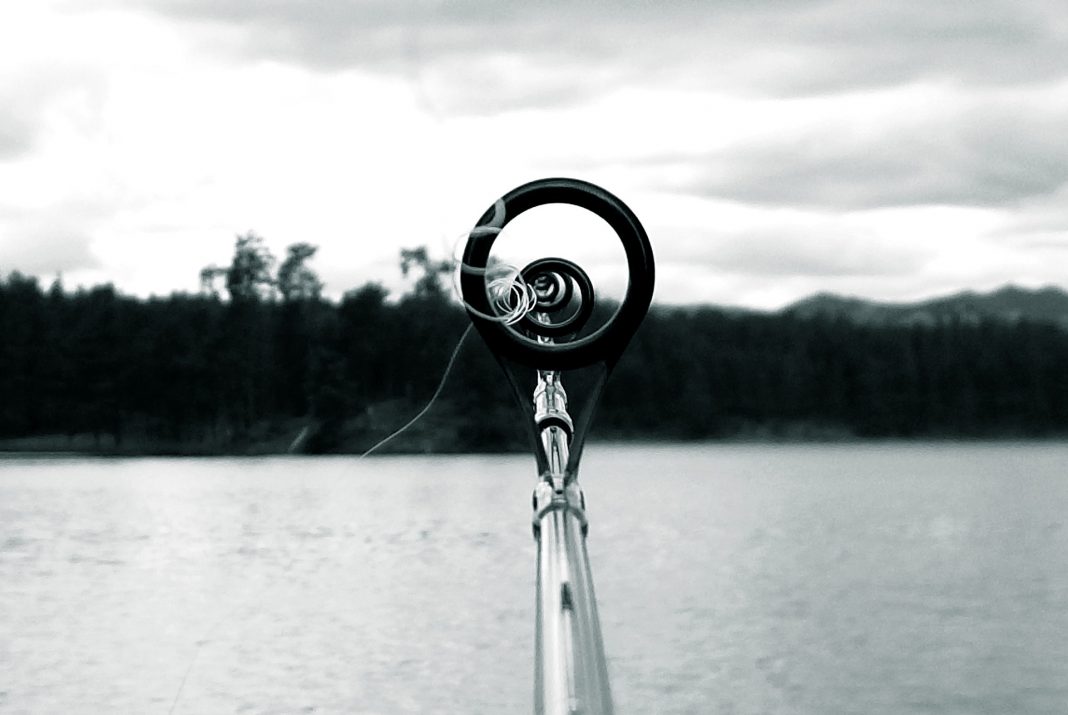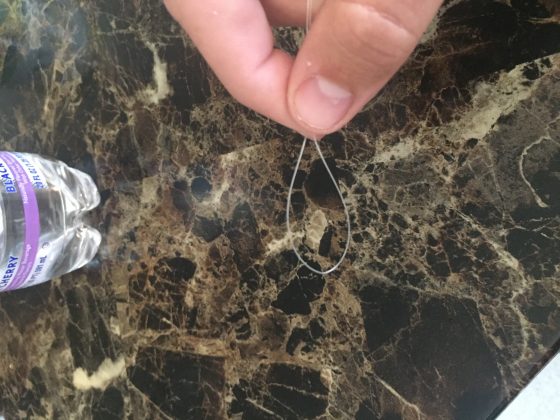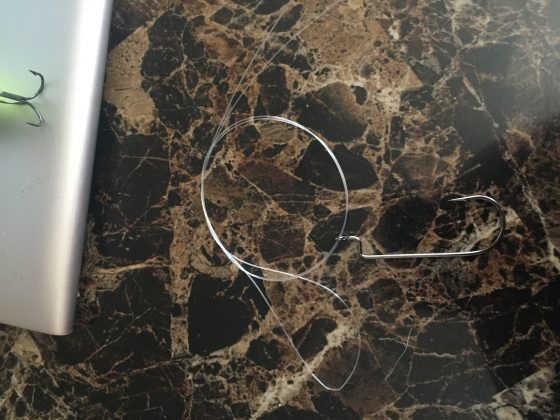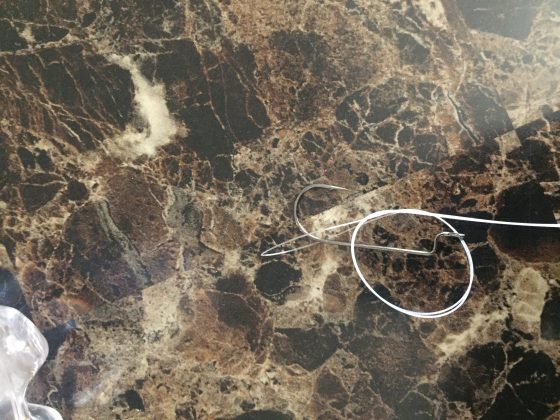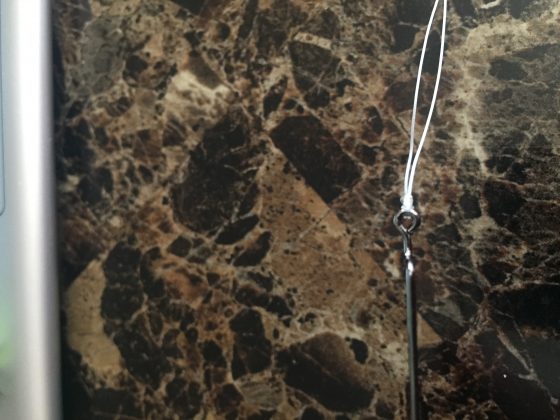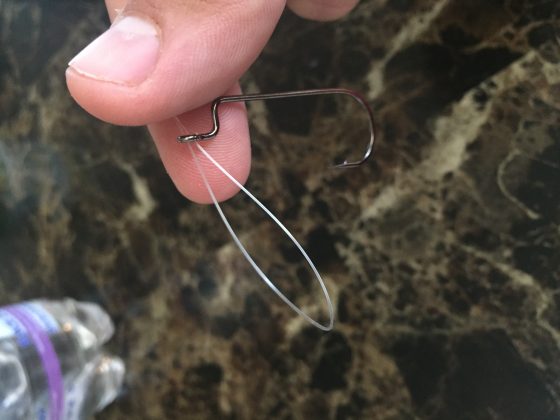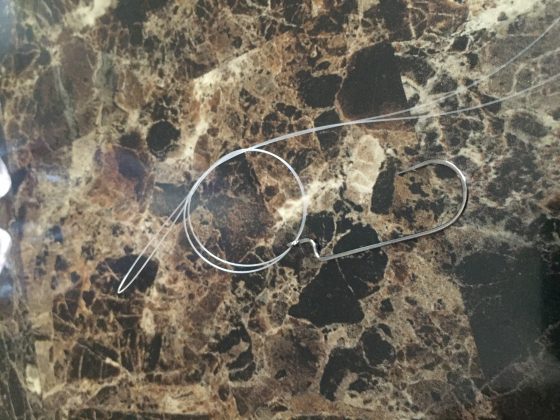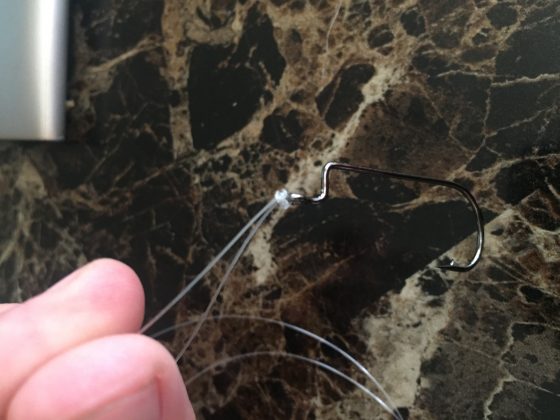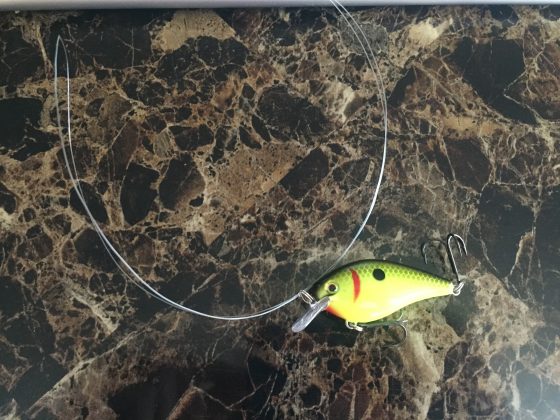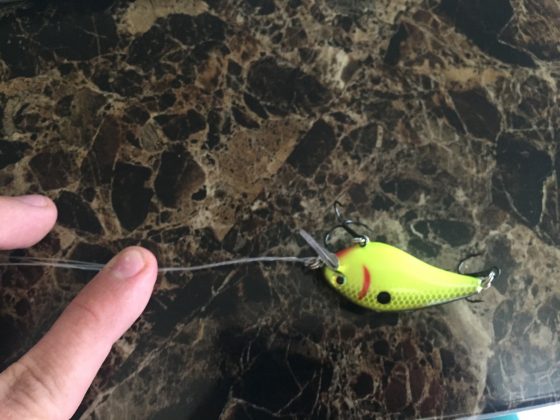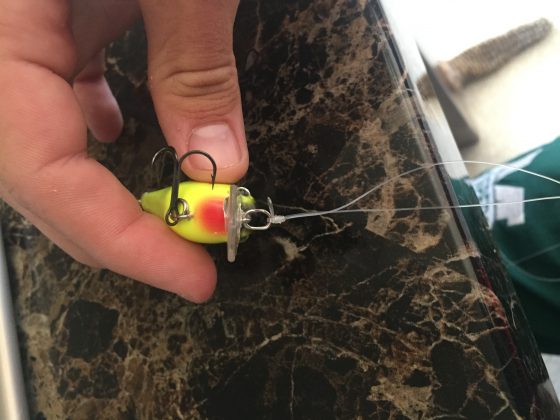With more fishing knots than there are fishermen in the world, it gets pretty wild selecting which ones to use. As an angler, I have a go-to knot and two others that I will use as well. I know about ten, but I really only use three. So which fishing knots should you be using? Or better question, what are some simple and universal fishing knots? My top three fishing knots are the Palomar knot, “shark” knot, and double Palomar knot.
Disclaimer: When referring to how to tie these fishing knots, “tag end” will mean the end you are cutting off and “working end” will mean the part of the line that will still be attached to the rest of the spool on the reel.
Double Palomar fishing knots
By far my favorite and most used knot. This is one of the strongest knots an angler can use. It also happens to be one of the simplest knots as well. I’d be lying if I said I didn’t use this for everything; it does have its place in my knot arsenal. Normally I tie this knot onto extra wide gap (EWG) hooks and offset shank hooks while fishing soft plastic lures. Also, I use this knot quite often with jigs, spinner baits, inline spinners, and spoons. I wouldn’t recommend this for lures with multiple treble hooks. When you slide the loop over lures like this, it has a knack of getting hung up on the treble hooks and it’s just a pain.
Tying a double Palomar Knot
To start off with this knot (and any knot), I reserve plenty of line to tie with. Fold your line and create a loop at the bottom. Take this loop and send it through the eye of your hook or lure. On one side of the eye, you should have your tag and working ends. The other side will have the loop. Wrap the loop twice around the tag and working ends of your line, (note: when you bring the loop back across to wrap this creates a circle above the hook, wrap and send the loop through this circle twice). Now, take the hook and send it through your loop. Make sure the loop comes all the way up above the eye and tighten by pulling on both the tag and working ends of the line.
I test the knot first before cutting off the tag end. Tug on the eye of the hook or lure with steady pressure and you’ll be able to tell if the knot is tied right. If it doesn’t come undone cut off your tag end. If it does come undone then retie.
Palomar Knot
This knot is exactly like the double Palomar knot, except you only wrap your loop around both ends of the line once. Again this is a strong knot, and I normally use this if I am in a rush to retie quickly. I recommend using this one on the same lures mentioned for the double Palomar.
Tying a Palomar Knot
To tie this knot is very, very simple. Double your line and send the loop at the end through the eye of your hook or lure. Bring the loop up and wrap it around the working and tag ends of the line ONCE. Then take the hook and send it through the loop. Cinch by pulling on both the working and tag end of the line, test and cut the tag end.
“Shark” knot
So I actually started using this after watching The Bass Pros on Outdoor Channel. Mark Zona called this fishing knot the “shark” knot, therefore that is what I will title it here. A little more difficult to tie, yet honestly my strongest knot in the arsenal. I use this knot for the majority of my lures such as crank and jerk baits, topwater lures, and when fishing around heavy cover. It is also used quite often by saltwater anglers.
Tying a “shark” knot
Start tying this fishing knot by doubling your line and sending the loop through the eye of the hook or lure. Take the loop and twist it over the tag and working ends of line 7 times. There should be an opening at the bottom of the twists closest to the eye of the lure/hook. Pull the loop down, careful not to undo any twists, and pull the loop through that opening just enough to cut it without cutting the knot. Tighten the knot by pulling on both the working and tag ends and then cut the tag end at the top, also cut the loop coming through at the bottom. It is a knot that will remain tight while under tension; you basically create a pinch using the hook eye.
A couple more tips
Before closing this article out, here are some last minute tips. If you don’t know the fishing knots above and are planning on using them, practice before using them in the field. It is better to get the frustrations out of learning a new knot before you use them in a real scenario. Don’t be afraid to just throw one of these knots on when you go out either. We all have our go-to methods, but what makes us adaptable anglers is using new methods effectively.
Also, if you are using braided line wet the knot before cinching; Braid becomes stronger when it is wet. An easy way to do it is: just place the part you are cinching in your mouth for a second, take it out, and then tighten. Again I always like to test my fishing knots before I cut off my tag ends. If you are worried about getting hooked, find something sturdy to fit onto your hook and just pull steadily. If it comes undone, you know you need to retie, if it doesn’t cut the tag ends, and go fishing. Tight lines everyone.
(For more fishing, hunting, and general outdoors from myself and fellow MING writer Michael Heimall, like & follow Cold Water Outdoors on Facebook, Instagram, and Twitter.)


